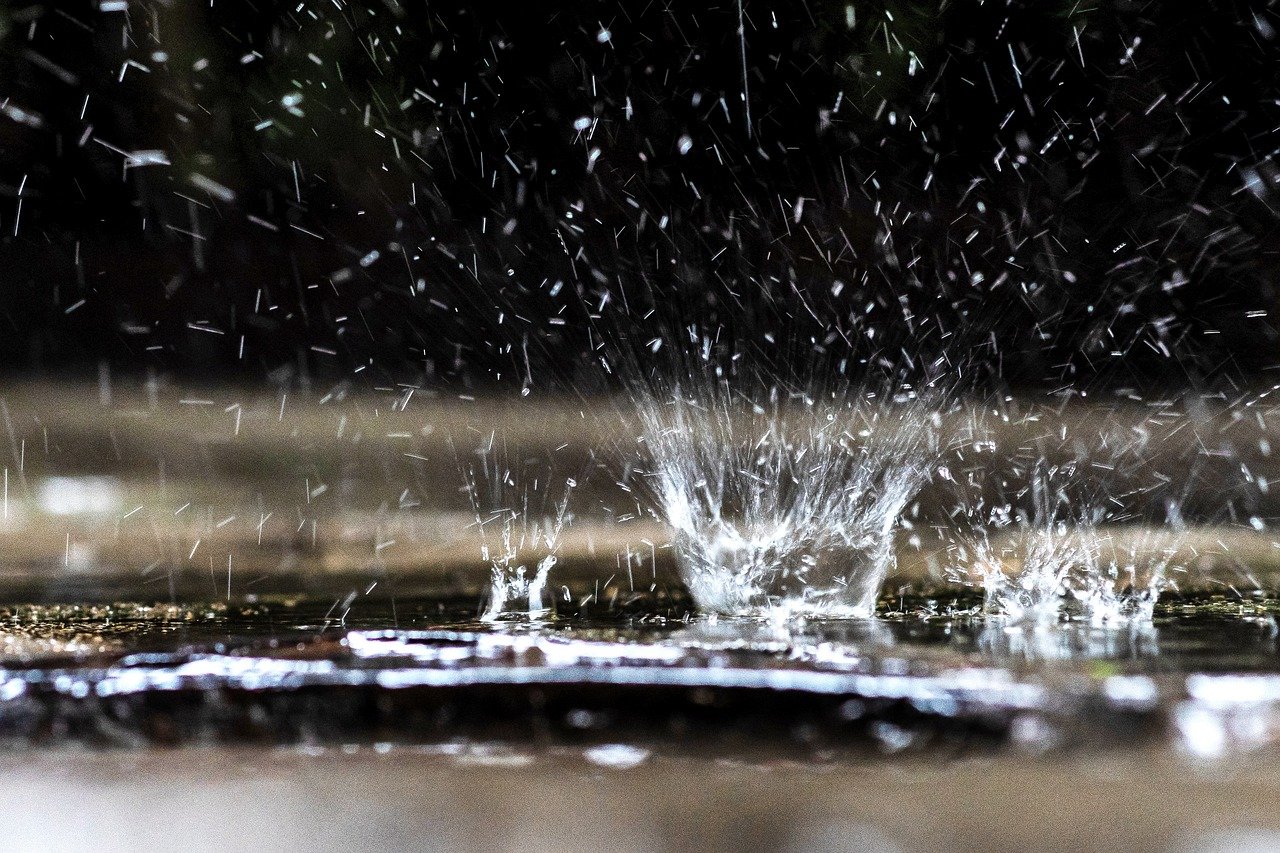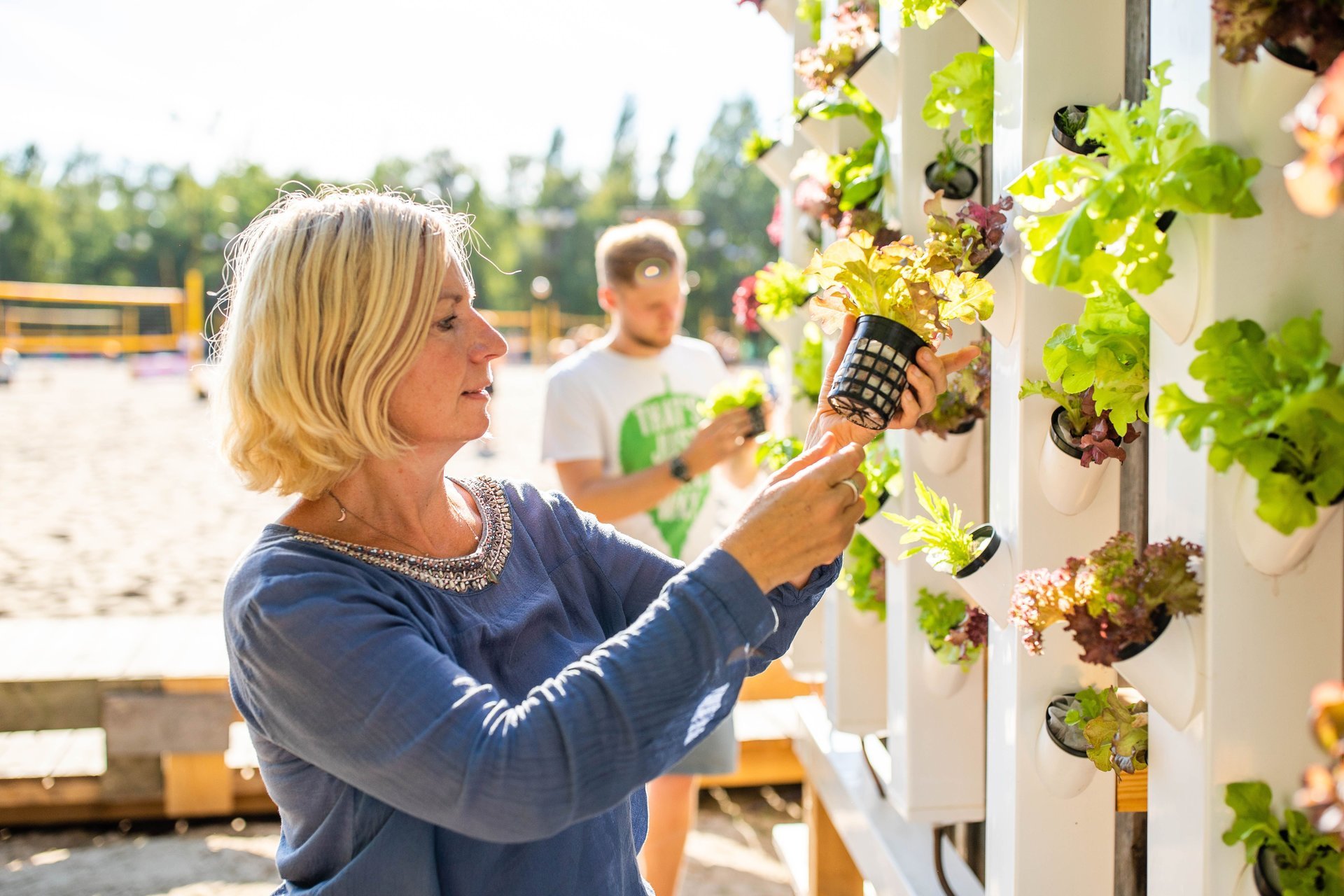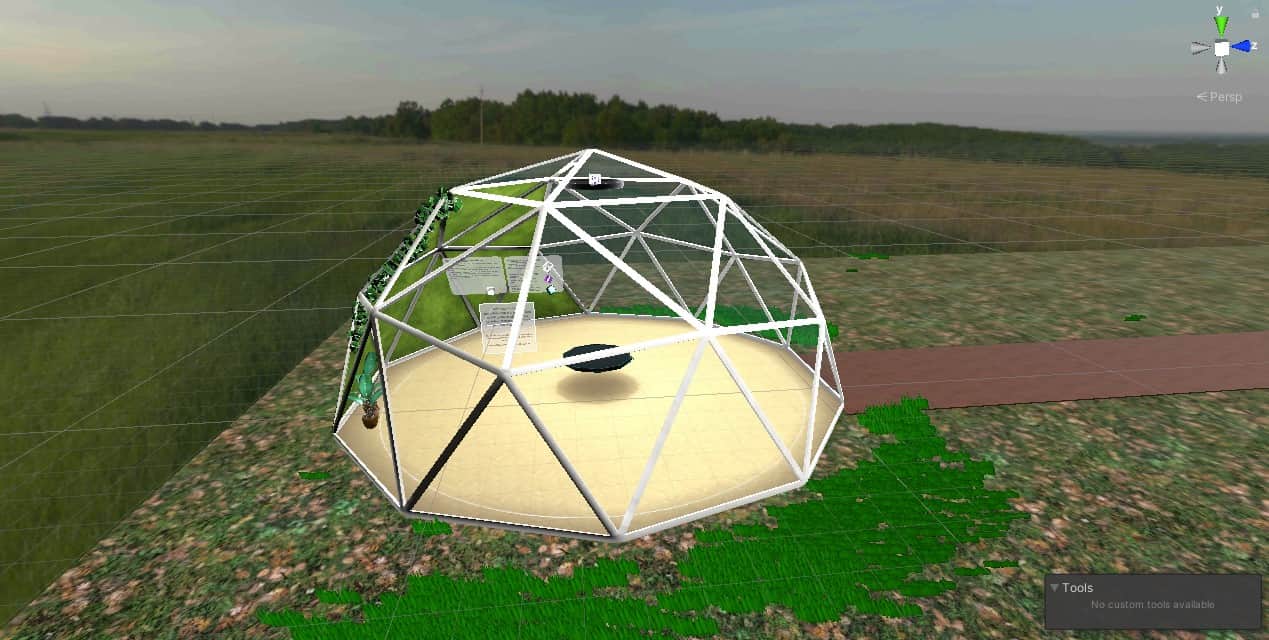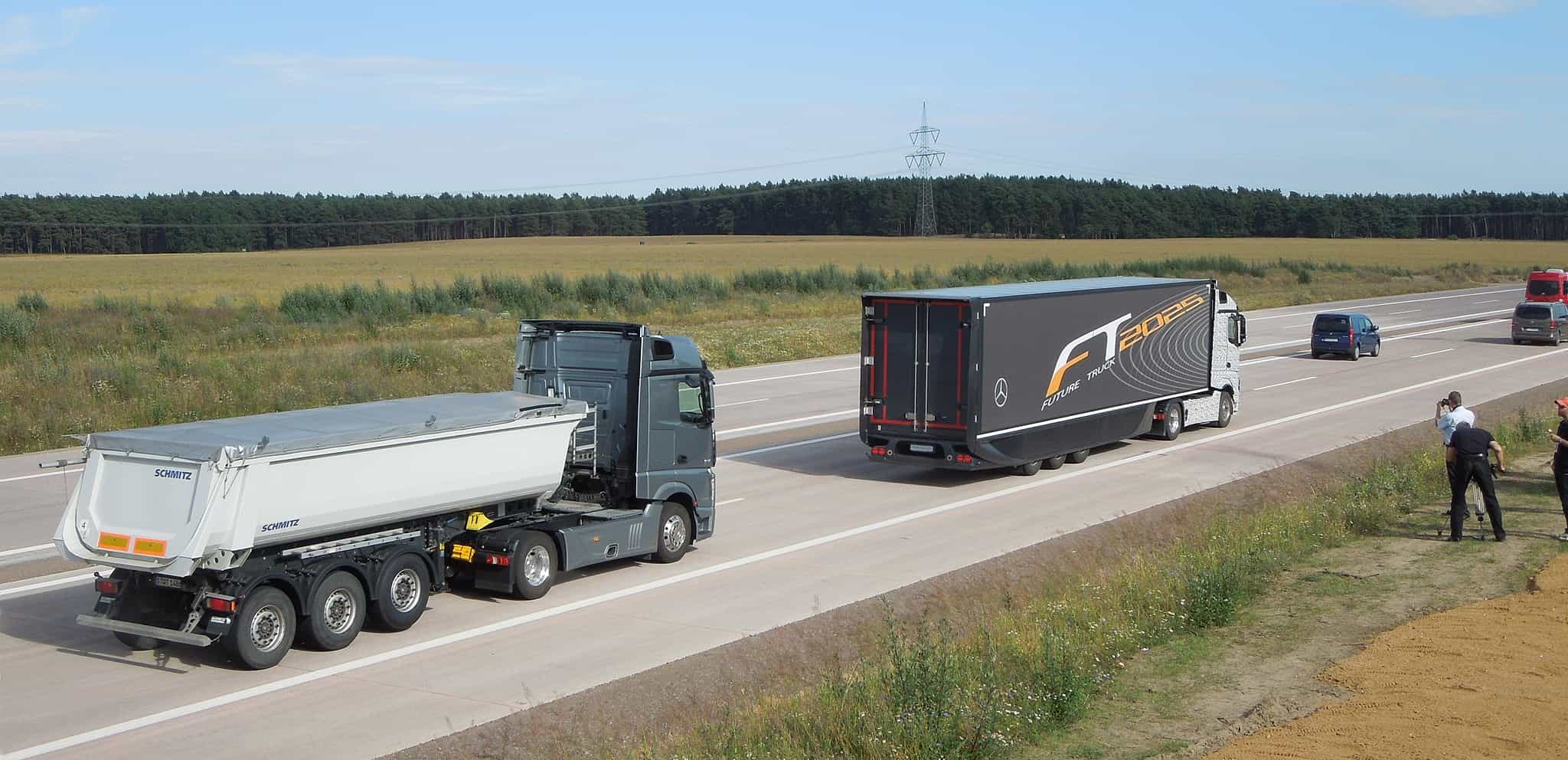
In Austria, the average person consumes 140 liters of drinking water per day. Drinking water is of high quality, but is used in areas for which rainwater could also be used. Resource-saving use of drinking water would be appropriate for ecological and economic reasons – especially in view of global warming. Extreme weather events threaten drinking water quality and supply and prolonged drought leads to dry soil. When the rains finally come, dry soil forms a barrier and rainwater can no longer penetrate the hard soil. When this situation occurs, large masses of water run off more or less completely above ground.
Sealed ground
In heavily populated areas, it is additionally sealed ground that prevents the absorption of rainwater. This means that the rainwater must be laboriously drained away via the sewage system. This places a considerable burden on the sewer system, which means that precipitation peaks can no longer be accommodated and the risk of flooding increases. But rainwater should be used or enter the ground where it naturally occurs to maintain the natural water cycle. If this is not the case, the quality of ground and surface waters is endangered – and thus also the quality of drinking water.
Private and public use of rainwater
These constitute ecological and economic dangers that could be reduced by the private and public use of rainwater. The Austrian Interest Group Resource Water in Wels, Austria, includes this in its objectives. Its members are experts from the relevant industry who advocate for the use of rainwater and absorption of rainwater over as large an area as possible. This has a high economic benefit and can be guaranteed if the state supports the investment costs.

Studies have shown that widespread use of rainwater harvesting systems has significant side effects – such as the retention potential during short-term heavy rainfall, which can effectively relieve sewers and wastewater treatment plants.
This also integrates rainwater into the natural cycle of evaporation, rainfall and absorption into the ground. As a result, rainwater harvesting makes a significant contribution to sustainably reducing water runoff from residential areas.

State-of-the-art
Modern rainwater capturing systems operate fully automatically. Based on filters, rainwater pumping stations with integrated drinking water feeding and control systems deliver very good water quality and require little maintenance. Most system components only need to be inspected or serviced once a year.
Depending on the tank size, a considerable supply of rainwater can quickly accumulate, especially during the cold season, and last for days and weeks. Through forward-looking planning and targeted use, operators of rainwater capturing systems can use the stored rainwater for much longer. This makes it relatively easy to cover part of the water demand with rainwater. State-of-the-art technologies could reduce potable water consumption by up to 50 percent, the IGRW says on its website.
Function of rainwater capturing systems
In rainwater capturing systems, rainwater is collected through the roof surface of the house and enters the cistern through downspouts and a coarse mechanical filter. To ensure a light-protected and cool environment, cisterns are preferably buried in the ground outside buildings. The cistern has an overflow equipped with a siphon. The water is conveyed to the place of consumption via a floating intake by means of a consumption-controlled rainwater compact pumping station or rainwater pump. The suction line is linked to the movements of the rainwater pump and at a frost-proof depth.
Should there ever be too little water in the cistern, drinking water is automatically fed into the compact pump station or the cistern. This ensures the supply of the connected water consumers. Combinations of rainwater pumps and drinking water feeding systems – so-called rainwater compact pumping stations with system control – are considered state-of-the-art.
But it is important that the lines of drinking water and rainwater are not directly connected to each other. Separate piping systems are mandatory. In addition, rainwater tapping points must be labeled “No drinking water.”

Minimal bureaucracy
The construction and operation of rainwater collection systems is legal in Austria. A building permit is not required in most cases, but the construction of a system must be reported to the local wastewater disposal company, water supplier or municipality. It is important to comply with the relevant regulations. The discharge of used rainwater into the public sewage system must also be reported to the sewage disposal company.
Influence of the roof covering
The type of roof covering must also be taken into account. Although in principle all roof coverings are suitable for the use of rainwater, their application may be limited. For example, water from bitumen roofs and green roofs may turn yellowish and consequently should not be used for washing clothes. Roofs made of asbestos, cement and metal are only suitable for toilet flushing. For all other roofs, there is no restriction on use for garden watering, toilet flushing, and laundry. Other examples of possible uses include cleaning patios and garden furniture and filling aquariums and garden ponds.

About IG Resource Water
The independent quality platform Interessensgemeinschaft Ressource Wasser is a joint initiative of leading suppliers of plastic and concrete tanks for storing rainwater in Austria. The community draws on the United Nations Sustainable Development Goal 6 (SDG 6) which aims to ensure the availability and sustainable management of water for all by 2030. The goal of the IGRW is to anchor the value of water more firmly in the public’s consciousness. At the same time, the experts also address politicians, calling for a shift away from increasing the sealing of land surfaces and for greater use of rainwater seepage into the ground, the only way to return rainwater to the natural water cycle. There is also still a need for research to find adequate solutions for all areas.







